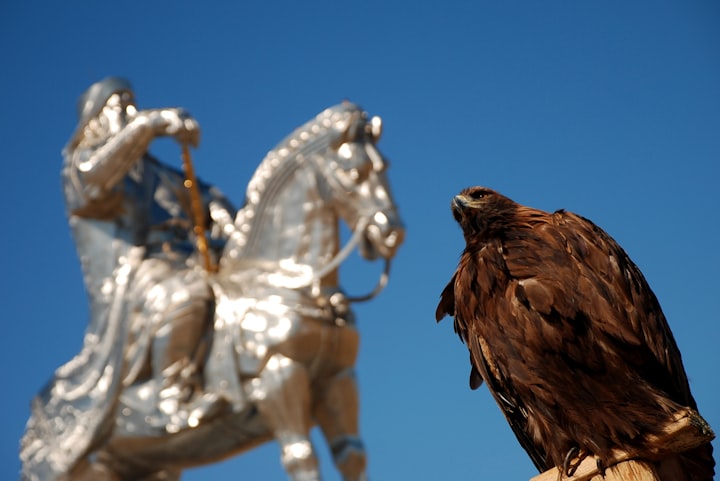Genghis Khan, also known as Chinggis Khan, was one of the most influential and powerful leaders in human history. He ruled the Mongol Empire in the 13th century and was responsible for the unification of various Mongol tribes, which later expanded into a vast empire that covered a significant portion of Asia and Europe.
Genghis Khan was born in 1162 in modern-day Mongolia, with the name Temujin. He was the son of Yesugei, who was the leader of the Khamag Mongol tribe. However, Genghis Khan faced many hardships growing up, as his father was murdered when he was only nine years old. He and his family were then forced into poverty and went through several periods of displacement, leading Genghis to learn how to be a fierce and resilient warrior leader.
Genghis Khan started his journey as a conquered nomad and was raised by different tribes. He gradually rose in power, and in 1206, after winning a significant battle, he was declared the supreme leader of all Mongol tribes. He took the name of Genghis Khan and began his quest to unite all Mongols under his rule.
Genghis Khan had a successful military strategy that he used to expand his empire. He organized his army into groups of ten, one hundred, one thousand, and ten thousand. He trained his soldiers to be highly skilled in archery, horse riding, and hand-to-hand combat. By the mid-13th century, the Mongol Empire had expanded from its traditional homeland in Mongolia and conquered vast territories in central Asia and parts of Europe.
Genghis Khan was a genius strategist who understood the benefits of a strong network of alliances. He also introduced the use of spies to help gather information on rival tribes and cities. This information helped him plan attacks and take over new territories and kingdoms easily.
But Genghis Khan was not just a military conqueror; he also implemented new technologies and cultural changes in his realm. He abolished the traditional aristocracy from the conquered lands and encouraged individuals in his empire to meritocracy, based on individual achievements and capabilities rather than inherited status.
Many religious groups were given protection and encouragement to practice their faiths in Mongol society. This policy of religious toleration and freedom was highly advanced for the medieval period, especially given the prevailing intolerance among other political powers worldwide.
Genghis Khan died in 1227 through a fall from his horse while fighting the Western Xia. He was succeeded by his son Ogedei, who continued the expansion of the empire. By the mid-13th century, the Mongol Empire was the largest empire in the world, stretching from China to Eastern Europe. It thrived for many years after his death.
Genghis Khan's legacy continues six centuries later, with his name often associated in modern times with incredible feats of success and transformational leadership. Many people draw inspiration from his story of rising from humble beginnings to unify, conquer, and govern a vast realm. Genghis Khan, the most famous Mongolian of all time, is remembered not just as a conqueror but also as a visionary leader who profoundly impacted the world.






Comments
There are no comments for this story
Be the first to respond and start the conversation.